Your location:Home >Automotive News >
Time:2022-07-04 13:21:37Source:
California's proposed flat tax on lithium produced in the Salton Sea region would affect battery metal supplies from General Motors and Stellantis and could prompt some miners,industry executives told the media.Completely exit status.
As California tries to lead the green energy revolution and push to phase out gasoline-powered vehicles, supply tensions are rising as lithium supplies cannot keep up with surging demand.
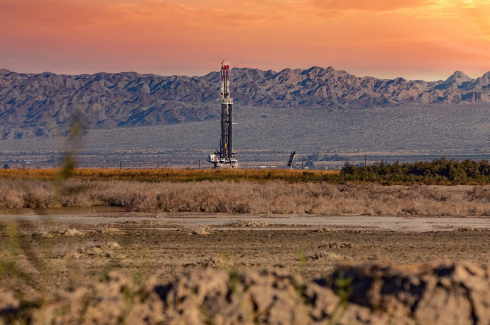
Privately held EnergySource Minerals has stopped talks with a financial institution and a major automaker while California is discussing a lithium tax, Chief Executive Eric Spomer said.He says."We are willing to pay the tax and contribute to the local community, but it has to be a reasonable tax."
The tax will affect three lithium developers in the Salton Sea region, and Governor Gavin Newsom has said he supports it.Help the entire world transition to clean energy," said California Governor Alex Stark.
Controlled Thermal Resources (CTR) CEO Rod Colwell said the company's lithium supply contracts with GM and Stellantis expire in 2024 and Stellantis respectively.Colwell said the tax would prevent them from delivering on time to both companies.GM declined to comment, and Stellantis did not immediately respond to a request for comment.
Colwell revealed that CTR plans to produce 60,000 tons of lithium in California by mid-2024, enough to power about 6 million electric vehicles, making it the largest lithium producer in the United States.However, the company's current plans have encountered challenges.
U.S. Department of Energy Secretary Jennifer Granholm has previously praised the Salton Sea's burgeoning lithium industry, as the region will deploy geothermal brine processes that are more efficient than open pit mines and brine evaporation ponds, the two most common methods of lithium production . Environmental friendly.The Department of Energy did not respond to a request for comment.
California officials say the state needs a tax to revive the Salton Sea region, one of the state's poorest areas ravaged by the heavy use of pesticides in agricultural production in the 20th century.They also said the flat rate would allow the state to forecast revenue.
The proposal would impose a tax of $400 per ton on the first 20,000 tons of lithium produced annually, $600 per ton on the next 10,000 tons, and $800 per ton when production reaches 30,000 tons or more.
California Rep. Eduardo Garcia, whose district includes the Salton Sea area, said a flat rate would be more appropriate."We believe that people living in and around these communities should benefit immediately from lithium production," he said.
Lithium executives said they supported the state's measure but preferred a 2 percent or lower rate because they believed a flat rate could hurt the economy when metal prices fall in the future.
The negotiated price most automakers pay for lithium can vary widely from spot prices, trading at close to $77,500 a tonne this month, but only close to $6,750 in 2020, according to Fastmarkets.
Extracting lithium from the region is already an expensive endeavor due to high concentrations of impurities in geothermal brines, and they may consider moving to other states with large deposits of lithium-rich brines, including Utah and Utah, mining executives said.Arkansas."If California passes the tax, we will fight or leave," Colwell said.
Statement: the article only represents the views of the original author and does not represent the position of this website; If there is infringement or violation, you can directly feed back to this website, and we will modify or delete it.
Preferredproduct
Picture and textrecommendation

2022-08-04 12:57:12

2022-08-04 12:56:48

2022-08-04 12:56:28

2022-08-04 12:56:04

2022-08-04 12:55:36

2022-08-04 12:55:11
Hot spotsranking
Wonderfularticles
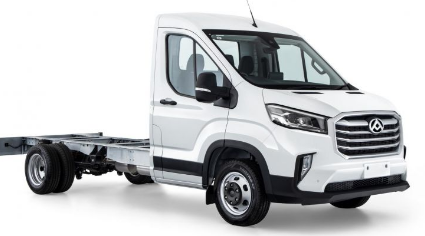
2022-08-04 12:54:48
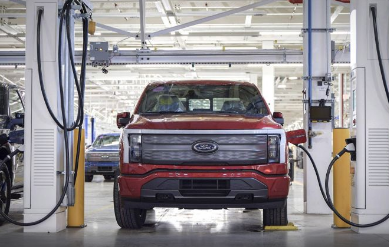
2022-08-04 12:54:20

2022-08-04 12:53:54

2022-08-04 12:53:32
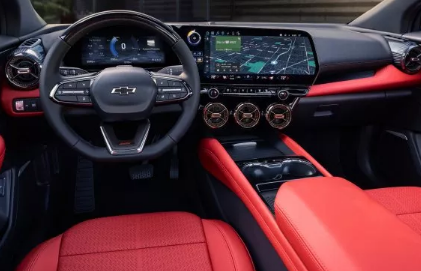
2022-08-04 12:53:03
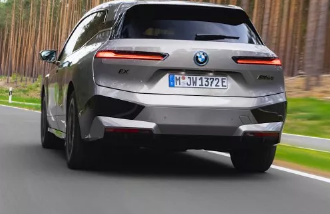
2022-08-04 12:52:26
Popularrecommendations
